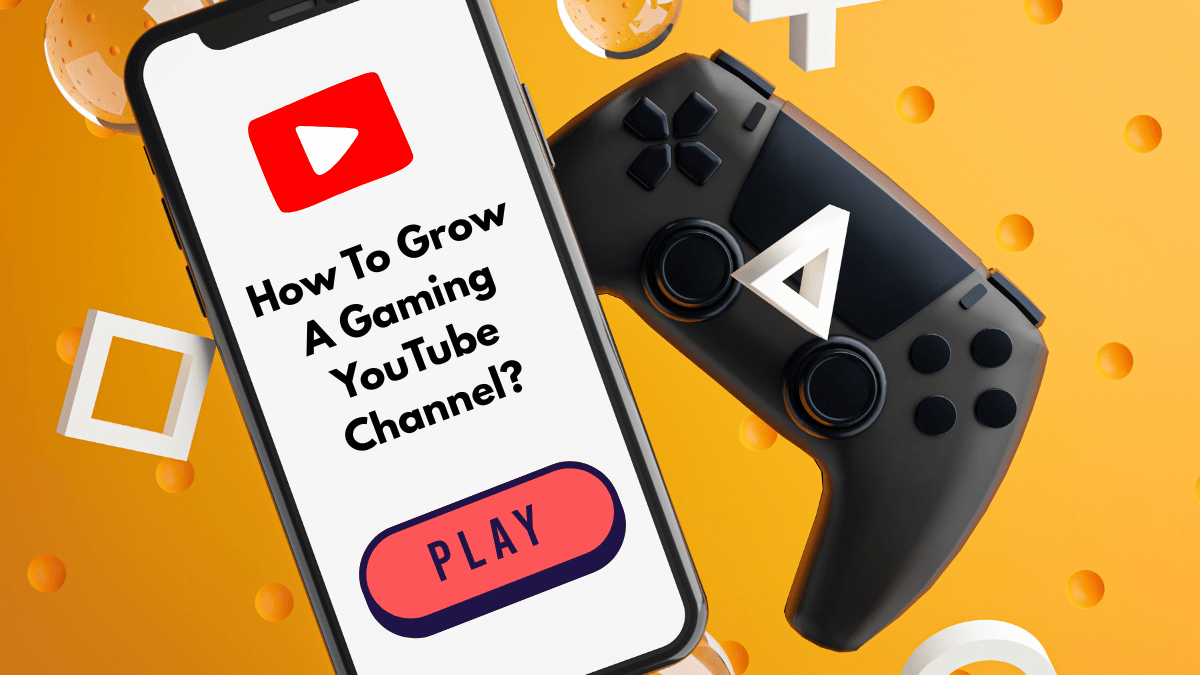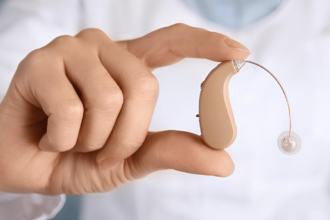Hearing loss in children is more common than many people realize. According to the Centers for Disease Control and Prevention (CDC), approximately 2 to 3 out of every 1,000 children in the United States are born with some form of hearing loss. Additionally, many children experience hearing loss later in childhood, often due to factors like ear infections, genetic predisposition, or exposure to loud noises. For these children, hearing aids for kids can be a transformative tool, helping them engage with the world around them, develop communication skills, and thrive in both academic and social settings.
When it comes to hearing aids for children aged 5 to 16, there are unique considerations to keep in mind, from selecting the right hearing aid batteries to ensuring a comfortable fit with hearing aid domes and making the devices appealing to kids. As technology has advanced, hearing aids are becoming more functional, stylish, and integrated into daily life, offering improved experiences for younger users.
In this article, we will explore the latest advancements in hearing aids for kids, from new features that enhance performance to innovative designs that make them fun and fashionable. We’ll also address how parents can choose the best device for their child and what resources are available for finding hearing aids near me or purchasing over-the-counter hearing aids.
Understanding Hearing Loss in Children
Before diving into the specifics of hearing aids for kids, it’s essential to understand the different types of hearing loss and how they can affect children at various stages of their development.
Types of Hearing Loss in Children
- Congenital Hearing Loss: This type of hearing loss is present at birth, either due to genetic factors or complications during pregnancy and birth. It can range from mild to profound and can affect one or both ears.
- Acquired Hearing Loss: This type of hearing loss develops later in life and can be caused by infections, exposure to loud noises, or illnesses like meningitis or ear infections.
- Progressive Hearing Loss: Some children experience gradual hearing loss over time. It can begin mild and worsen as they grow older, which means early diagnosis and intervention are crucial.
- Temporary Hearing Loss: In some cases, hearing loss may be temporary, often caused by ear infections, fluid in the ear, or environmental factors like excessive noise exposure.
The Importance of Early Intervention
Hearing loss can significantly impact a child’s ability to learn language, develop speech, and interact socially. Early intervention through hearing aids for kids can make a significant difference in the child’s developmental trajectory. The sooner a child receives the appropriate hearing aid, the more likely they are to develop strong communication skills and experience a higher quality of life.
Choosing the Right Hearing Aids for Kids Aged 5 to 16
When it comes to selecting hearing aids for kids, there are several key factors to consider. Children have unique needs that differ from adults, which is why it’s essential to choose hearing aids specifically designed for younger users. Here are some critical aspects to keep in mind:
1. Comfort and Fit
The comfort of a hearing aid is paramount, especially for younger children who may be more sensitive to wearing devices. Modern hearing aids for kids are designed to be lightweight and comfortable. Hearing aid domes are available in various sizes to ensure a snug fit, preventing discomfort or irritation. Additionally, hearing aid grips can be used to help secure the device in place, ensuring it doesn’t slip out, especially during physical activity.
Since children grow quickly, it’s important to choose a hearing aid with adjustable parts. Many devices come with flexible components, such as ear molds or hearing aid lanyards, which help keep the hearing aids securely in place and prevent them from getting lost.
2. Durability and Resistance to Damage
Children, especially younger ones, can be rough on their belongings. As such, hearing aids for kids must be durable and able to withstand the typical wear and tear of everyday life. Many hearing aids are designed with durability in mind, including water-resistant coatings, tough exteriors, and shockproof features to ensure the device can handle drops and spills.
For this reason, hearing aids for kids are often built with reinforced materials that protect the electronics from damage, ensuring a longer lifespan for the device. Hearing aid batteries for children are also made to last longer, reducing the need for frequent replacements.
3. Aesthetics: Making Hearing Aids Fun
While hearing aids are functional, they should also appeal to kids, especially as they grow older. Hearing aids are no longer plain and purely functional; many models now feature fun, colorful designs that can be personalized to suit the child’s personality. Some hearing aids even come in the form of hearing aid jewelry, where the device doubles as a fashionable accessory.
From brightly colored ear molds to customizable skins, hearing aids for kids can be made to look less medical and more like a fun gadget. This approach can help reduce any stigma associated with hearing aids, encouraging children to wear them proudly.
4. Advanced Features and Technology
Many modern hearing aids come equipped with advanced features that can help children navigate different listening environments. Features like Bluetooth connectivity allow kids to stream music, take phone calls, or even interact with classroom devices. Some hearing aids now have similar features to AirPods, enabling kids to enjoy their favorite activities while still benefiting from their hearing aids.
Additionally, many hearing aids are equipped with noise reduction technology, which can help children focus on conversations and important sounds in noisy environments, such as in classrooms or playgrounds. The ability to adjust the volume and enhance speech clarity can help ensure that children can hear what they need to hear without being overwhelmed by background noise.
5. Easy-to-Use Controls
One important consideration for parents is ease of use. Hearing aids for children should have simple, intuitive controls that are easy to adjust. Many devices now offer apps or remote controls that allow parents to make adjustments without needing to touch the hearing aid itself, which is helpful for children who may not yet have the fine motor skills to manipulate small buttons.
6. Support for Growth
Since children grow quickly, it’s important to choose a hearing aid system that can adapt to their changing needs. Some hearing aids come with adjustable ear molds or modular components that can grow with the child, making it a more cost-effective long-term solution.
Additional Accessories for Kids’ Hearing Aids
In addition to the hearing aids themselves, several accessories can enhance the experience for both children and their parents:
- Hearing Aid Lanyards: These are helpful for young children who might be prone to losing or misplacing their hearing aids. A lanyard can keep the device securely attached to their clothing and prevent it from falling off.
- Hearing Aid Grips: These accessories ensure that the hearing aid stays securely in place, even when the child is moving around or engaging in active play.
- Hearing Aid Batteries: Modern rechargeable hearing aid batteries are an excellent choice for kids. They are easier to maintain and reduce the cost of replacing small, disposable batteries regularly.
These accessories can make it easier for kids to keep track of their devices and ensure that they work properly throughout the day.
Over-The-Counter Hearing Aids: A New Option for Parents
Recently, over-the-counter (OTC) hearing aids have been approved by the U.S. Food and Drug Administration (FDA), making hearing aids more accessible and affordable for those with mild to moderate hearing loss. This has also opened the door for easier access to hearing aids for children, though it’s important to note that OTC hearing aids may not be suitable for children with severe hearing loss or those requiring highly specialized devices.
For parents looking to purchase hearing aids without needing to visit a specialist, OTC hearing aids offer a convenient option. However, it’s still highly recommended to consult with an audiologist or pediatrician before making a purchase to ensure the device is appropriate for the child’s hearing needs.
Where To Find Hearing Aids For Kids
If you’re looking for hearing aids near me, there are several resources to help you find the right device. Searching for “Hearing Aid USA” online can provide a list of audiologists, hearing aid centers, and clinics in your area that specialize in pediatric hearing aids. Many audiologists offer free consultations to help you choose the best device based on your child’s specific needs.
Many hearing aid providers also offer online consultations and telehealth services, allowing parents to get professional advice from the comfort of their home.
The Role of Parents in Managing Hearing Loss
Parents play a crucial role in managing their child’s hearing loss. Regular visits to the audiologist and ensuring that the hearing aid is working correctly are essential for maintaining optimal hearing function. It’s also important to foster a supportive environment at home, encouraging the child to wear their hearing aid consistently and providing a positive outlook on their hearing device.
By remaining actively involved in their child’s care, parents can help ensure that their child benefits fully from their hearing aid and enjoys a more active, engaging lifestyle.
Conclusion
Hearing aids for kids aged 5 to 16 are no longer just medical devices—they are essential tools that help children connect with the world around them, develop language skills, and interact socially. From hearing aid batteries to hearing aid domes and the growing trend of hearing aid jewelry, today’s devices are more customizable, comfortable, and stylish than ever before. With the right fit, features, and accessories, hearing aids can become an integral part of a child’s life, helping them succeed academically and socially.
Parents searching for the right hearing aid near me or considering over-the-counter hearing aids should remember that consulting with a specialist is essential to ensuring that their child receives the best device for their unique hearing needs. With the right guidance, children with hearing loss can lead fulfilling, confident lives, empowered by the latest innovations in hearing aid technology.
**However, it is important to note that while this article highlights the latest trends and products in hearing aid technology, we strongly recommend consulting with a healthcare professional or audiologist before making any decisions about purchasing hearing aids.






![Netflix Cookies [Hourly Updated]](https://aperfectreview.com/wp-content/uploads/2023/02/Netflix-Cookies.png)
